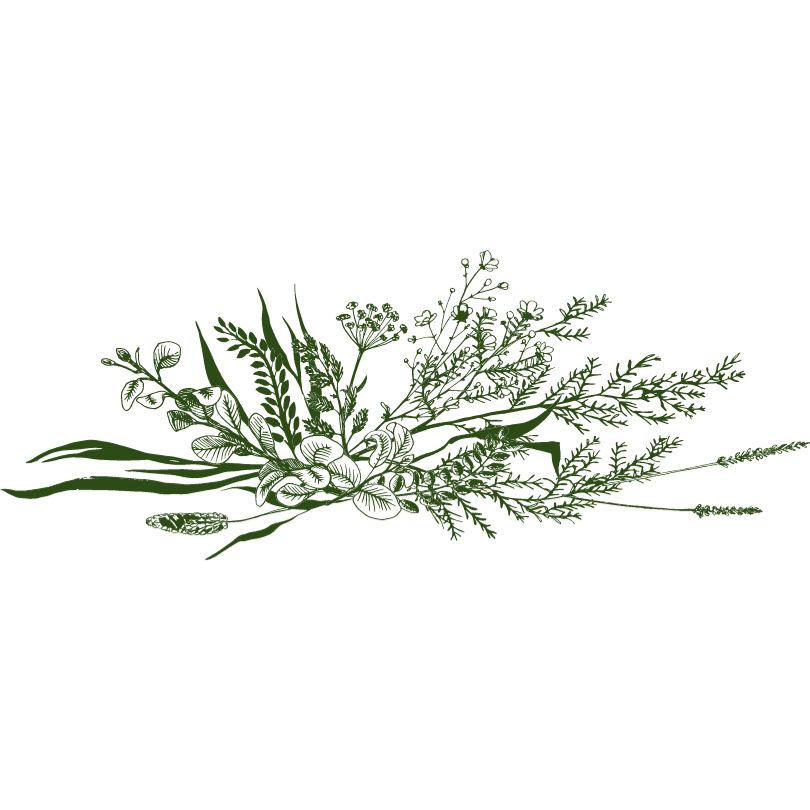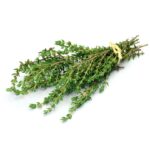Brush naturally with these easy Herbal Tooth Powders
You might be surprised (or maybe horrified) that I don’t use toothpaste. I haven’t for years.
Instead I use an herbal tooth powder I make myself. Since I started making and using this tooth powder I’ve had no issues with my teeth and my regular dental appointments are always short and easy.
I picked this receipt up from HerbMentor. It’s a recipe by Rosalee de la Foret. I’d been using the recipe so long I had to go back and really search to find where I got it from.
There are a lot recipes out there for tooth powders. I’ll give you 2 here, including the one I use. I found both on HerbMentor, a herbal subscription website I belong to. They have a ton of great recipes and herbal information. They also have an free website called LearningHerbs.com with a lot of great information too.
My Herbal Tooth Powder Recipe
Cinnamon:
Cinnamon is spicy, sweet and warming with an affinity for the mouth and teeth. It’s astringent and antimicrobial properties helps kill pain, and is great for toothaches and infections and spongy gums. It can help decrease any inflammation you may have too.
Cinnamon’s antimicrobial properties can help stop any viral pathogens you have in your mouth. While it probably won’t stop you from getting sick, it can lighten the load of those pathogens so you’re body doesn’t have to work so hard to fight it off.
There’s 2 types of cinnamon commonly used on the market these days.
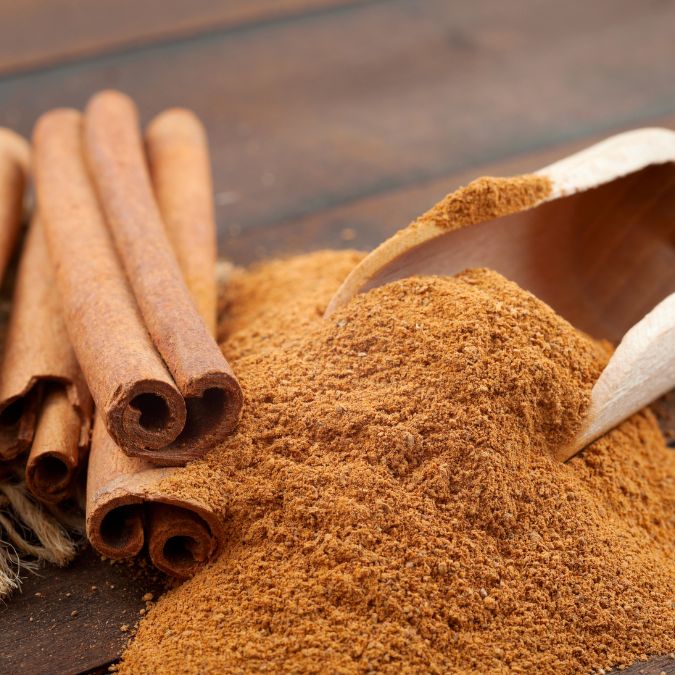
Cassia is native to Indonesia & grows in tropical climates. It’s more spicy & pungent. This type of cinnamon is generally used by chefs in savory dishes.
And Ceylon. Ceylon is native to Sri Lanka (formerly known as Ceylon) and generally considered to have a sweeter & lighter flavor. This type is used in more dessert type dishes.
Myrrh:
Myrrh gum is a warming, drying & bitter pungent herb.
It’s commonly used for mouth issues and specifically used to increase gum health against gingivitis and to help with mouth ulcers. And was used as a mouth tonic or wash as far back as 90CE.
Historically, myrrh was used for wounds because of its antimicrobial properties, helping to eliminate infection. Part of the warming characteristics of Myrrh helps increase circulation and this helps the body bring its own healing hormones and immunities to the wound to help with healing too.
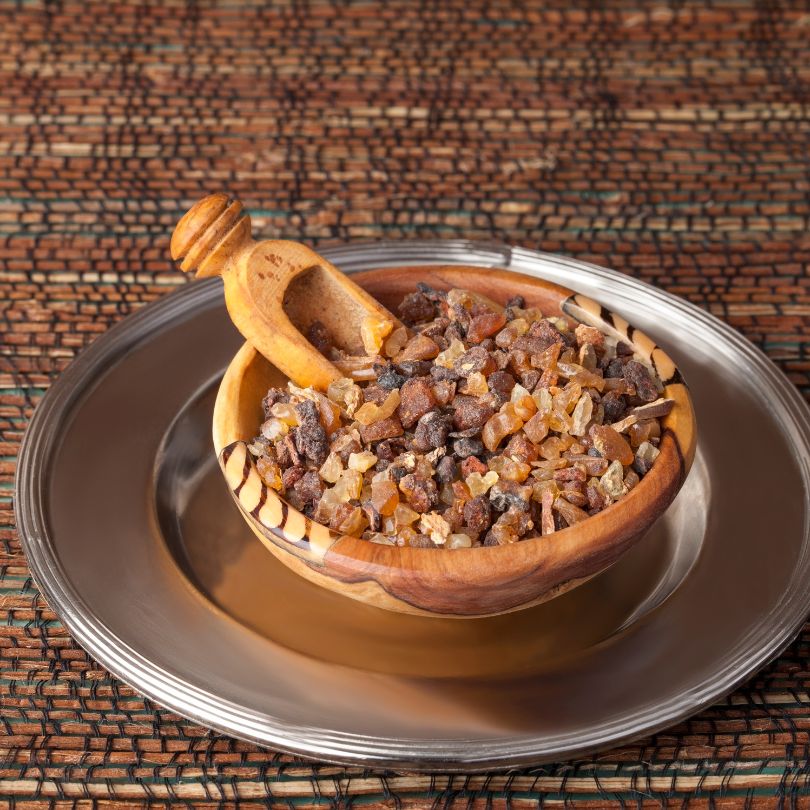
You can buy myrrh in small pebble like chunks or powdered. I highly suggest that you buy it in the powder form. Powdering myrrh could be described as anywhere from difficult to impossible. Trust me, I’ve done it. It’s just not worth the time when you can buy it in powder form.
Licorice Root:
A sweet, moistening herb with antiviral and antibacterial properties, licorice root modulates inflammation and is an immunomodulator too, meaning it helps to modulate your immune system. It’s an awesome herb, in small amounts.
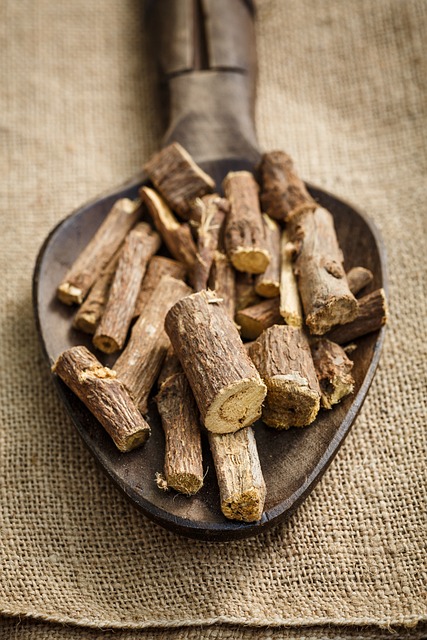
These properties are great for the teeth. And the anti-inflammatory & demulcent (moisturizing) properties work great for inflamed mucous membranes, which covers the inside of your mouth.
Licorice extracts have been shown to be active against cold sores & viral upper respiratory infections.
And they’ve got properties that have been shown to inhibit pathogens, like porphyromonas gingivialis, that are associated with gum disease. Perfect for a tooth powder.
Sold in chunks or powder. This is another one I would suggest buying in a powder form. Save yourself a lot of time and trouble.
Cinnamon, Myrrh gum & licorice tooth powder recipe
The recipe for this tooth powder is really simple.
- 2 tablespoons of powdered cinnamon
- 1 tablespoons of powdered myrrh
- 2 teaspoons of powdered licorice
Blend the powders thoroughly.
Dip your toothbrush in water to moisten it, then into the powder. I actually use coconut oil instead of water. Coconut oil is an antibacterial too. I figure it’s just one more barrier.
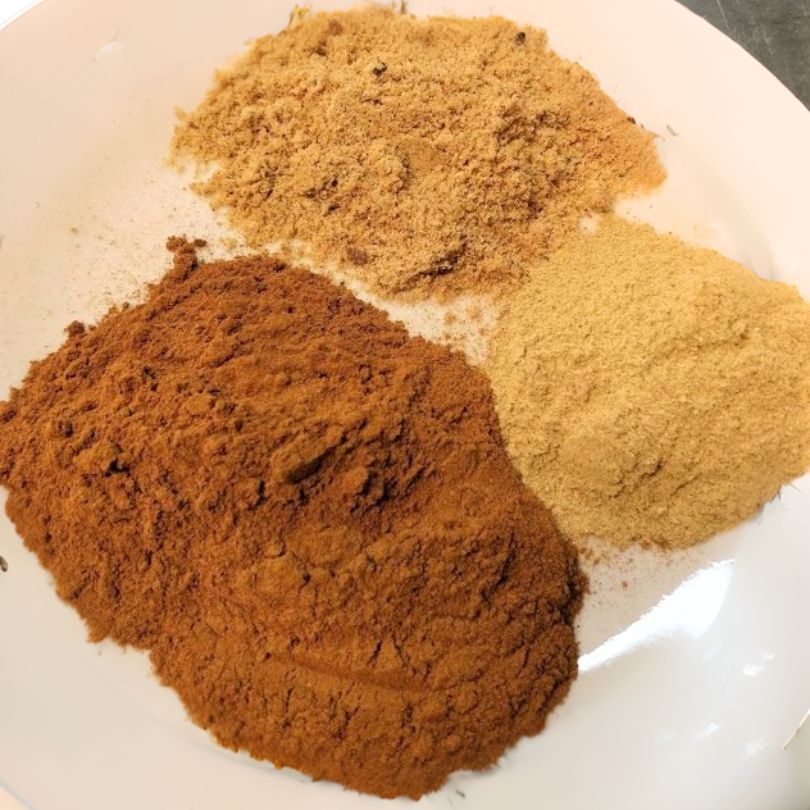
I use the solid coconut oil, not the liquid so I can get a good chunk on my toothbrush, then dip it into the powder.
It was a shock the first time I used it. Your teeth aren’t white & foamy, they are kind of brown and a little gritty. But you get used to it pretty quick. And I have to say I like it better.
A second herbal tooth powder
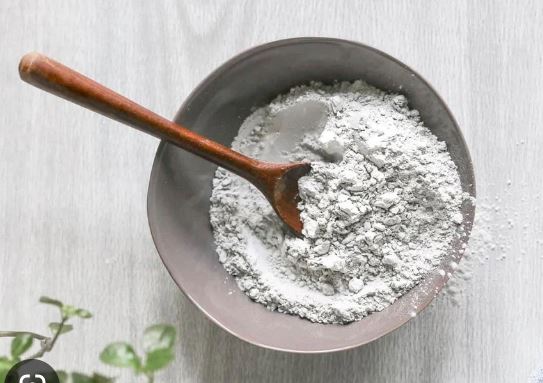
Kaolin clay:
Almost all toothpastes on the market use kaolin clay. It’s a very fine clay, that’s China white, is rich in minerals and naturally occurring. As a very fine powder it acts as a whitening and polishing agent.
It’s antibacterial properties can help reduce or eliminate bad breath or prevent cavities and maybe reduce other dental problems.
Baking Soda:
Baking soda is a wonderful cleanser. I use it for everything from my teeth to my oven. In a tooth powder it’s most effective at removing stains and plaque. It’ really great for getting your teeth very clean and killing bacteria that can cause other problems..
Salt:
You want to use a very fine salt. Salt is antibacterial and dissolves getting into those really tight places to help kill bacteria. The pH can help reduce plaque and inflammation as well. This recipes has a few abrasives in it to be very good at removing plaque and to help clean your mouth. Salt is also very healing and good for killing infections in the mouth.
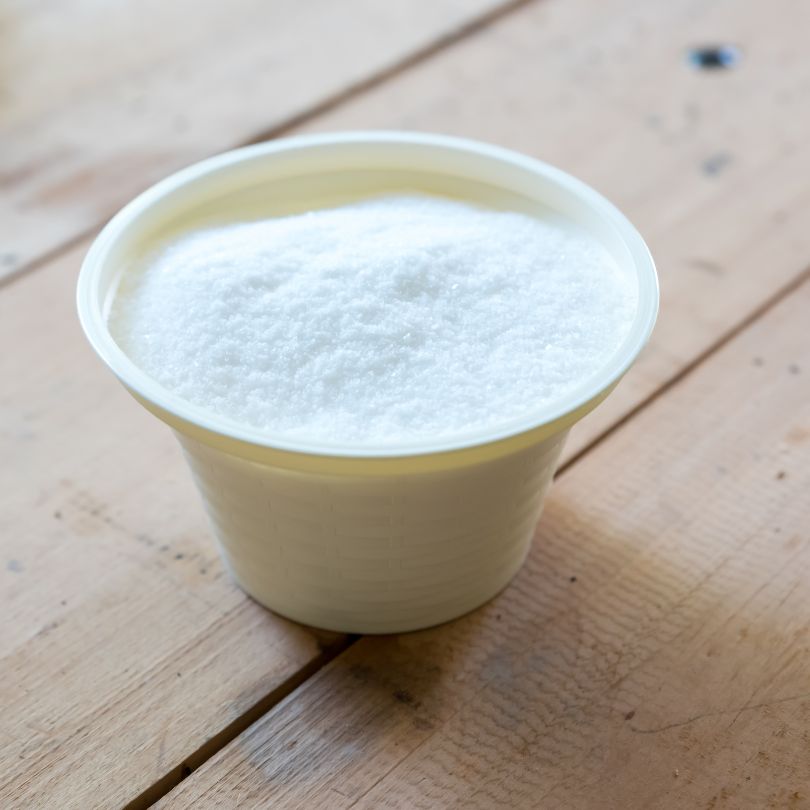
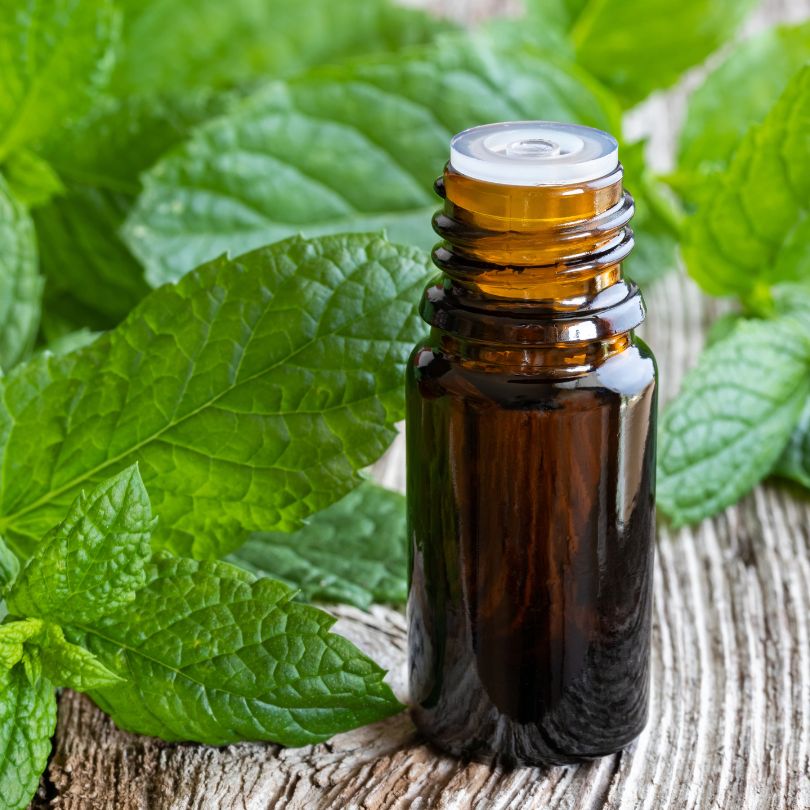
Peppermint Essential Oil:
This isn’t necessarily a necessary ingredient, but it’s nice to add some flavor and a nice scent. Add just a few drops of essential oil. You’ll have to use your fingers, the back of a spoon or very small whisk to mix it well. You could add another essential oil if you’d prefer a different flavor or a different scent. You might try something like a cinnamon oil, a clove oil, lemon oil or maybe even a spearmint or eucalyptus or add a couple drops of tea tree oil. The choice is yours based on what you enjoy most.
This recipe has a few abrasives in it, so it will be very good at removing plaque, but don’t over do it. Don’t brush overly long or overly hard, as it just isn’t necessary with this powder
Peppermint Tooth Powder
This recipes comes from Rosemary Gladstar.
This recipes take a little more time. But I’ve heard from folks who have tried it and they tell me they really like it.
- 1/4 cup white (Kaolin) clay
- 1 tsp Baking soda
- 1 tsp Finley ground sea salt
- 3-4 drops Peppermint Essential Oil
First grind the salt very, very fine. You can either buy a super fine grain salt or grind your salt very fine. Rosemary says to run it through a double stainless steal strainer.
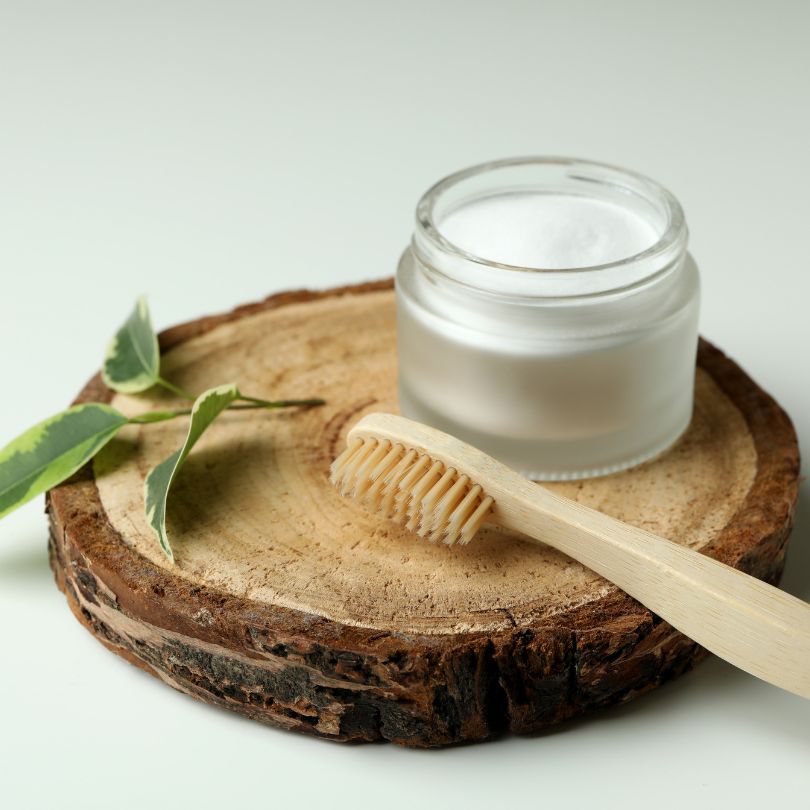
Then combine the clay, baking soda and the salt and mix well. Add the essential oil and whisk very well. Put your mixture in a dish with a porous cloth (or paper towel) over it and let it sit at room temperature for a few hours or overnight to dry out completely. Whisk again to ensure it is completely dry and add to a glass container.
To use, dampen your toothbrush and dip it in the powder. Or to make a paste, add just enough vegetable glycerine to create a paste. This should last for several months.
I haven’t used the peppermint recipe yet because frankly I just like the cinnamon recipe. But I know folks who have tried both and like the peppermint one. So give them both a try. You decide which you like best.
There are lots recipes out there for all kinds of different tooth powders. These are just two of the ones I’ve come across. Most are extremely inexpensive and personally, I like knowing exactly what’s in each recipe.
Do you already use a homemade tooth powder? If so, share what you use in the comments below.
If you don’t, is a homemade herbal tooth powder something you might considered trying? It’s a really easy way to start making your own herbal self care needs.
